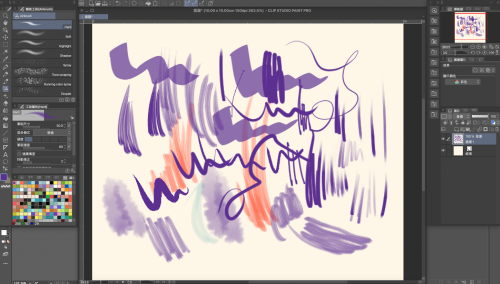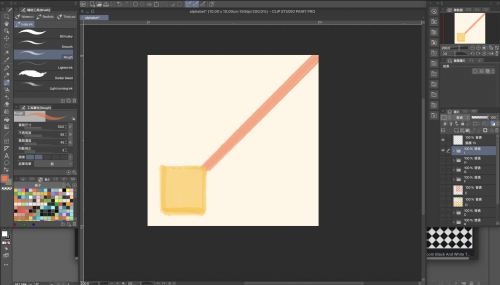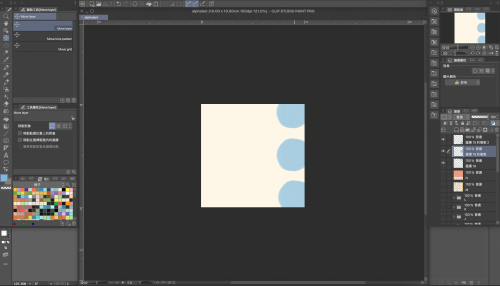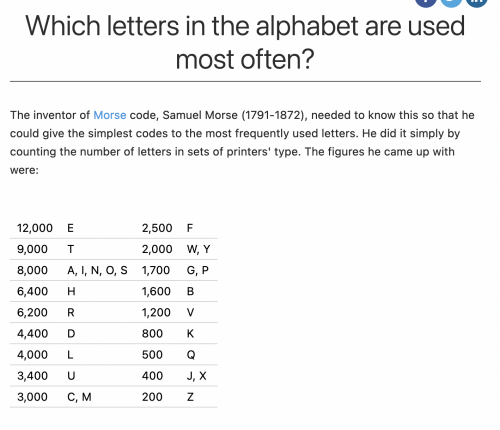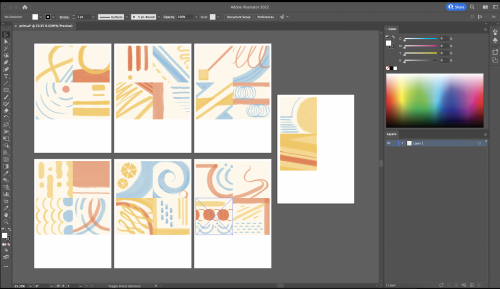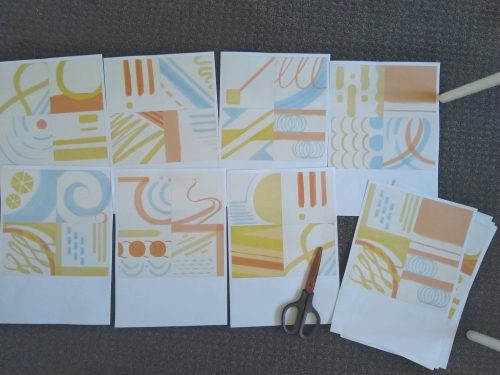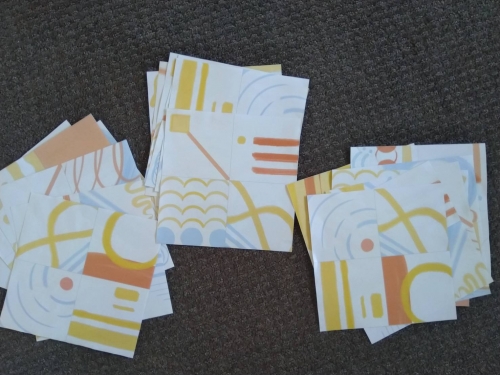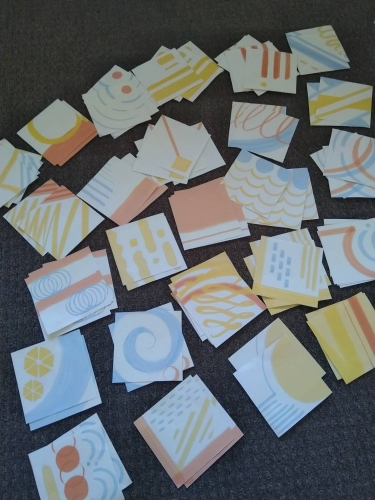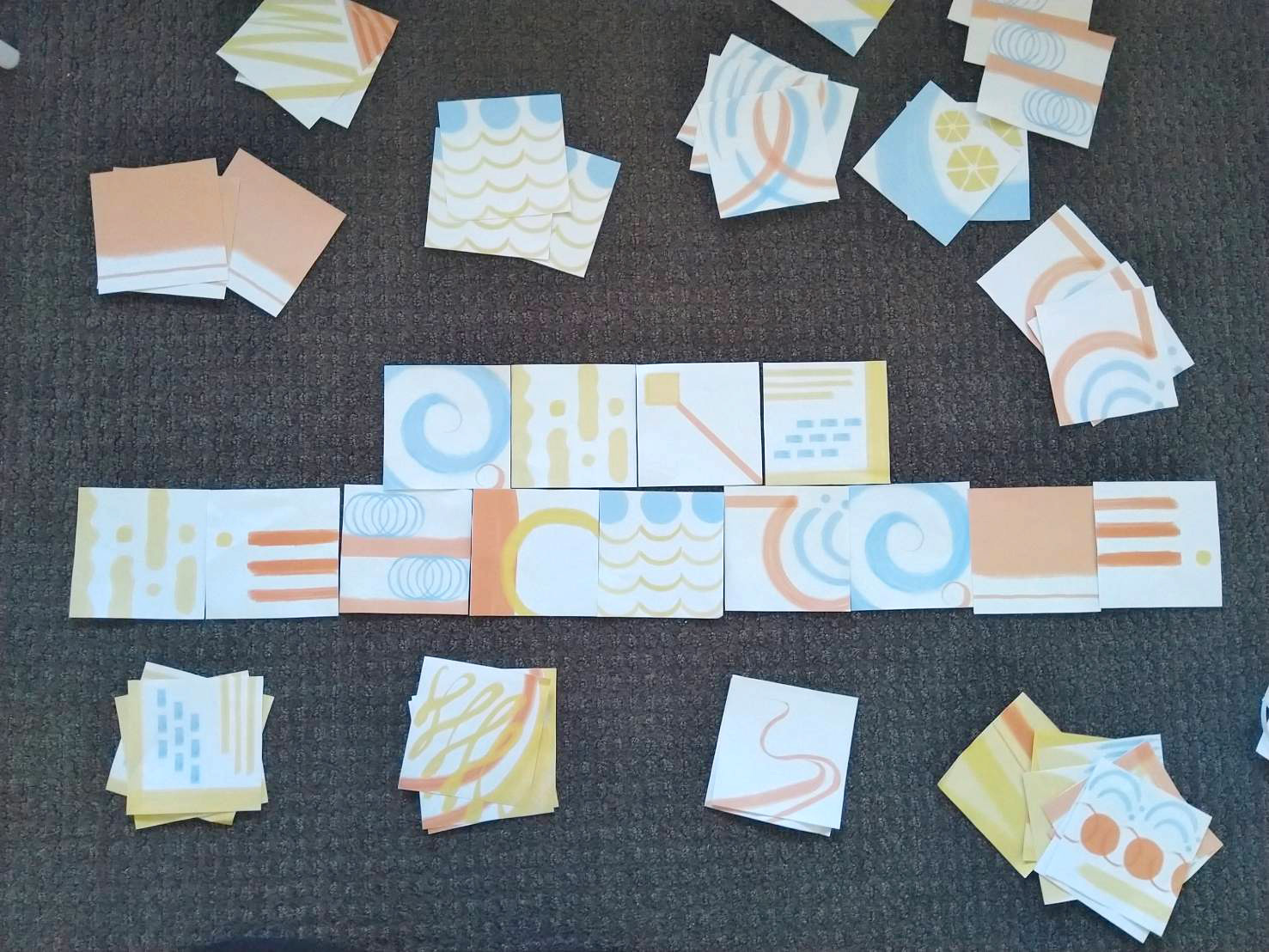
Context:
For the theme, Play and Abstraction, I thought of my experience of learning different languages. When we are not familiar with a language, the text and sound of the language are a form of abstraction. When I see or hear Korean or Thai languages, I feel like looking at graphics and hearing rhythms, instead of a tool of communication. They are like hieroglyph that I do not understand. There were hieroglyph for some languages, such as Ancient Chinese and Ancient Egyptian. I wanted to explore the idea of how abstraction transformed into symbols visually, then became a language and how we utilize it.
This project is built on English language and alphabets. The aim of the project is to reimage the alphabets and use them to “spell” words and compose sentences.
Method:
- Design an image that represents each English alphabet
- Make 10x10cm square image for each (26 in total)
- Research the frequent-used alphabets
- Print the alphabets and cut them out
- Print extra ones for frequent-used alphabets
- Spell words with the images
- Compose sentences with the images
The project is to “spell” words and “write” sentences with images. I created abstract images based on the pronunciation of the original English alphabets. When using the redesign “alphabets”, a word or a sentence becomes an image.
Project outcome: https://youtu.be/LKyup3JUP6A
Reflection:
When I started brainstorming for this project, the first thing came to my mind was a conversation I had with my friend back in high school. I was in the States and asking why there were so many Americans like to get tattoos of Chinese characters. It was in the 90s and they thought Chinese characters (not even calligraphy ones) are like some cool symbols (often times, the tattooist got the characters so wrong and the results ended up funny). I remember I was surprised by the answer, because I know can read, write and speak Chinese and it does not look so cool to me. On the other hand, I guess I do partially understand his statement, as I know how Chinese character evolved over time. Many Chinese characters transformed from hieroglyph.
According to Singer, in Hieroglyphs, Real Characters, and the Idea of Natural Language in English Seventeenth-Century Thought, hieroglyphs was a form of natural language, which showed the development of symbolic representation. However the modern languages we often use now are mostly phonograms, which are simplified and relatively convenient to pick up (Reale, C., Kilani, M., Giménez, A., Barbashova, N., & Oechslin, R. 2021).
It is interesting to think about how the written characters in different language evolved and simplified from the original forms and today we often cannot avoid texting with emoji or gif. Before written characters become what they are today, there were tokens, seals and clan marks as representation of items and names (Reale, C., Kilani, M., Giménez, A., Barbashova, N., & Oechslin, R. 2021). I wanted to build on this concept for the project.
Due to the time constrain, I was not able to build the whole langue system, which includes the classifiers and signifiers. I decided to redesign the English alphabets based on pronunciation. I used alphabets for the project because there is a total of 26 alphabets, which is much less than Chinese characters.
While I was creating the alphabet images, I thought of how Korean, Thai and Tibetans characters look like. I don’t know any of those languages. I wanted the redesign alphabets to look abstract. At the same time, I could not have them too freeform and fall out of the form of “language.” I decided to make them tile-size, so that they are easy to layout and put together as a whole image.
The process of making this project makes me reflect on how I picked up English, which is a quite unnatural language. I was not aware that I was learning an abstract tool. I also acknowledge the important role that signifiers and classifiers play in a language.
I like how the project turn out. I want to remake a bigger-size version of the alphabets, “spell out” some of my favorite words and put them up in my room as decoration. Obviously, this language doesn’t stand alone on its own. I had to teach my housemates to learn “the alphabets” first before they tried to use them to spell; and they know English to begin with. I think it is interesting to build abstraction based on language and how language is a form of abstraction itself.
Reference:
Singer, T. C. (1989). Hieroglyphs, Real Characters, and the Idea of Natural Language in English Seventeenth-Century Thought. Journal of the History of Ideas, 50(1), 49–70. https://doi.org/10.2307/2709786
Reale, C., Kilani, M., Giménez, A., Barbashova, N., & Oechslin, R. (2021). From hieroglyphs to emoji, to Ikon: The search of the (perfect?) visual language. Design, User Experience, and Usability: UX Research and Design, 457–476. https://doi.org/10.1007/978-3-030-78221-4_31
About This Work
By Gin Lin
Email Gin Lin
Published On: 11/05/2022

